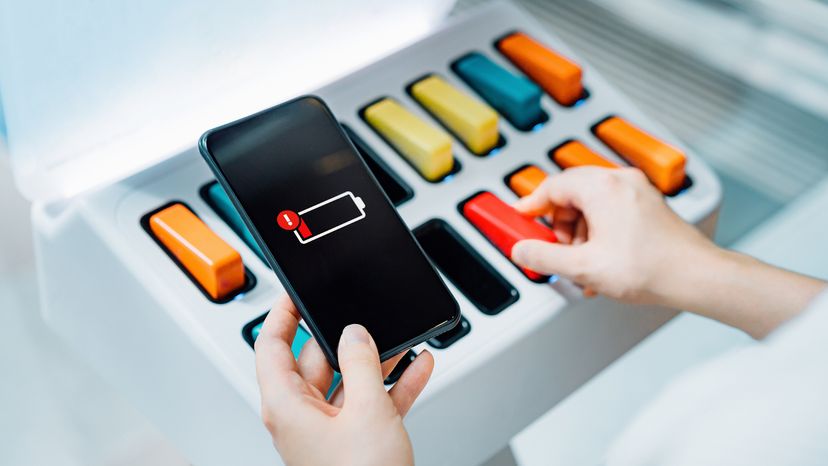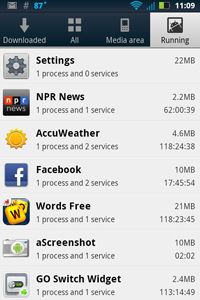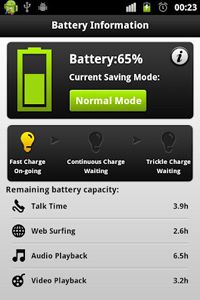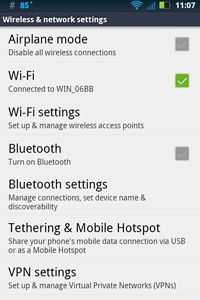
Smartphones have humungous, bright screens, an arsenal of wireless receivers and transmitters, and lickety-split CPUs. Mobile battery technology is struggling to keep pace with this onslaught of demands; some last for only 5 hours of heavy use before they go belly up.
That's why smartphone app developers tout battery-conservation apps. These programs purport to save battery life by clamping down on unnecessary tasks, ensuring that your phone is running only the apps you really need at any given moment.
Advertisement
For example, some apps are notorious for launching themselves, incessantly downloading updates and notifications, or basically lurking in the background of your phone while you perform other tasks. In the process, they consume CPU time and battery life.
Other apps suffer from design issues or outright flaws (called bugs) that cause them to draw unnecessary power. Researchers at Purdue University recently unveiled data indicating that the popular game Angry Birds and Facebook (along with plenty of others) blew as much as three-quarters of their energy consumption not on the app itself but on the third-party ads displayed to each user (Source: Microsoft).
Bugs mean one thing: It's time to break out the roach killer, right? Download a battery-saving app to shut these programs down and keep them down and, logically, your battery life improves. Well, maybe.
On the next page, we'll show you how battery-saving apps are supposed to work, how they might help -- and how in some cases, they can be downright sinister and destructive.
Advertisement




